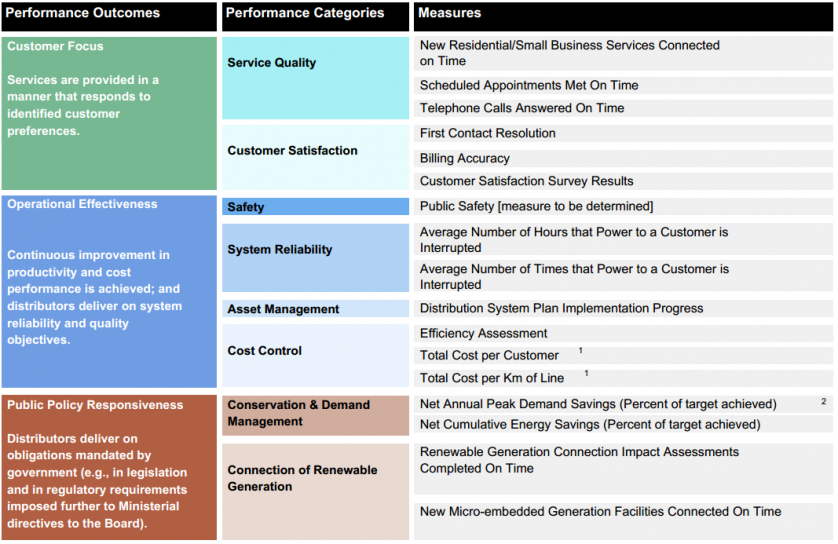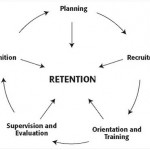Performance Framework at Ontario Energy Board. Case study: Entegrus
Nowadays, there is nothing new left when it comes to measuring suppliers’ performance, as organizations do it in their strive to increase performance. In this way, they can better manage the quality, the timeliness and the costs related to materials, products or services purchased.
Such an approach is also used in the public sector, where municipalities can assess the extent to which various suppliers deliver their services according to citizens. Ontario Energy Board (OEB), which regulates the electricity and natural gas supply in the province of Ontario, has put in place a scorecard to assess the performance of the electricity distributors. This way, the OEB encourages distributors to operate effectively and continue improving their performance.
For the moment, the Scorecard includes traditional KPIs, such as: # Hours that power to customers is interrupted, $ Cost per customer and % Return on equity. However, starting next year, it will also include KPIs that specifically reflect citizens’ experience, like: % First call resolution rate and % Billing accuracy.
Entegrus is one of Ontario’s electricity distributors, which regularly reports on these KPIs. Its Scorecard is available on the OEB website, along with another 72 distributors’ Scorecards. In the figure below, it is presented a part of Entegrus Scorecard.
The Scorecard is grouped into 4 perspectives, or “performance outcomes”, as they are called, namely Customer Focus, Operational Effectiveness, Public Policy Responsiveness and Financial Performance. Each of these areas has several “performance categories” assigned. For example, under Customer Focus, there are 2 parts: Service Quality and Customer Satisfaction. These are basically the areas where the company strives to be better at. In the Performance Management terminology, these areas would be redefined as objectives: “Increase service quality” and “Maximize customer satisfaction”.
KPIs were set in place to monitor the progress towards achieving the desired results. Their names are not standardized, being long and not always clear enough. For example, “Average Number of Hours that Power to a Customer is Interrupted” can be renamed “# Hours that power to customers is interrupted”, and “Scheduled Appointments Met On Time” can be translated into “% Appointments held on time”. The benefits of using symbols in KPI naming enhances indicators’ understanding, making them much clear and relevant.
Another field that deserves being mentioned from the Scorecard, besides current results and historical data, is the target. It is expressed from an industry and distributor point of view, so that each electricity distributor can compare its performance with the one achieved by other companies in the field.
Besides the figures, each performance category is analyzed through brief comments that can be found below the table.
In this way, the company makes sure that KPI results are interpreted and the causes for not meeting targets are identified and actioned upon.
The electricity distributor’s Scorecards are part of the OEB’s performance-based approach to regulation, aimed at improving the quality of the services delivered to citizens. KPIs are therefore used both as a measure and as a communication tool. Further details for each KPI are provided in a “Performance Measure Descriptions”, which contains “technical definitions”, “plain language descriptions” and information about “how measure may be compared”. Furthermore, KPIs’ sources and calculation are explained in the “Performance Measure Data Specifications”.
The entire Performance Framework implemented by OEB can be found in its report “Performance Measurement for Electricity Distributors: A Scorecard Approach”, which provides details to how the Scorecard was developed and explanations for each field.
References:
- Ontario Energy Board (2012), What we do
- Ontario Energy Board (2014), Electricity Distributor Scorecards
- Ontario Energy Board (2014), Scorecard – Entegrus Powerlines Inc.
Image sources:

Tags: Performance in Canada, Performance Management







